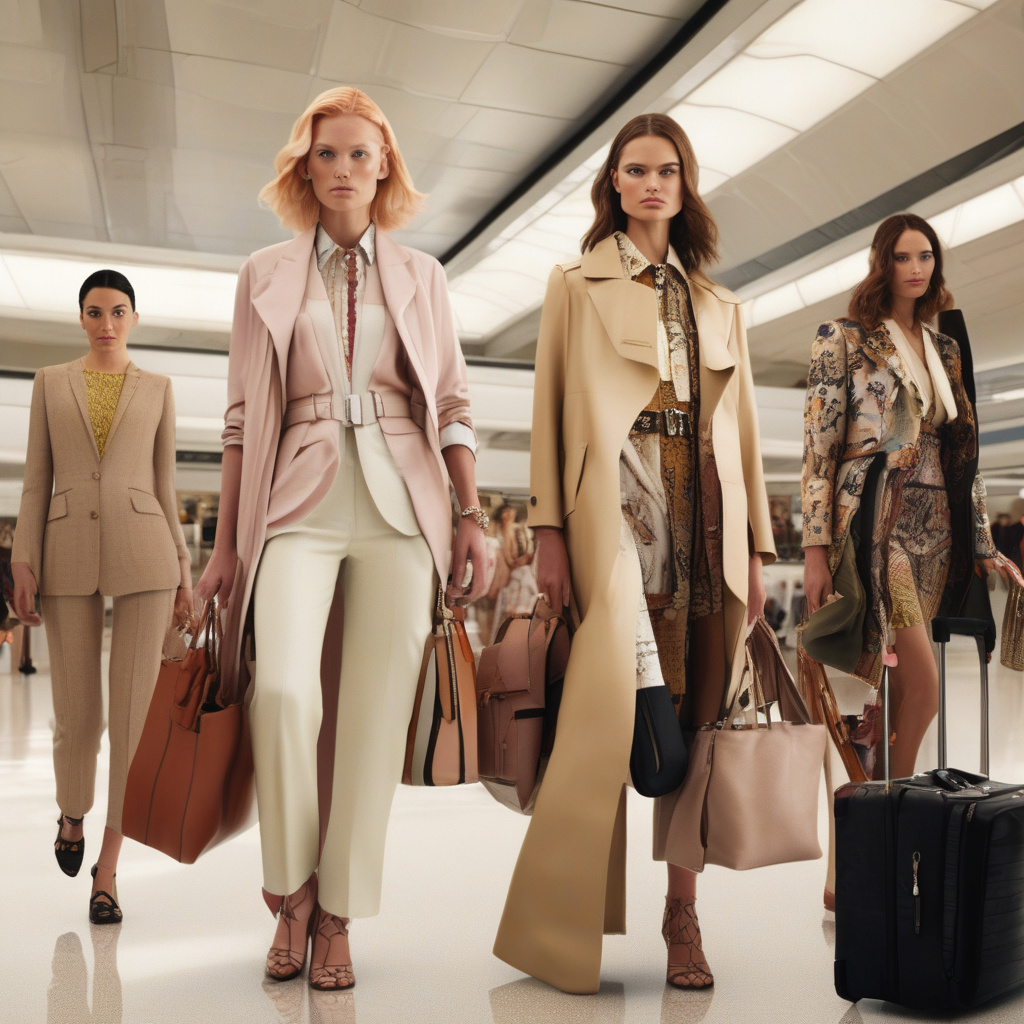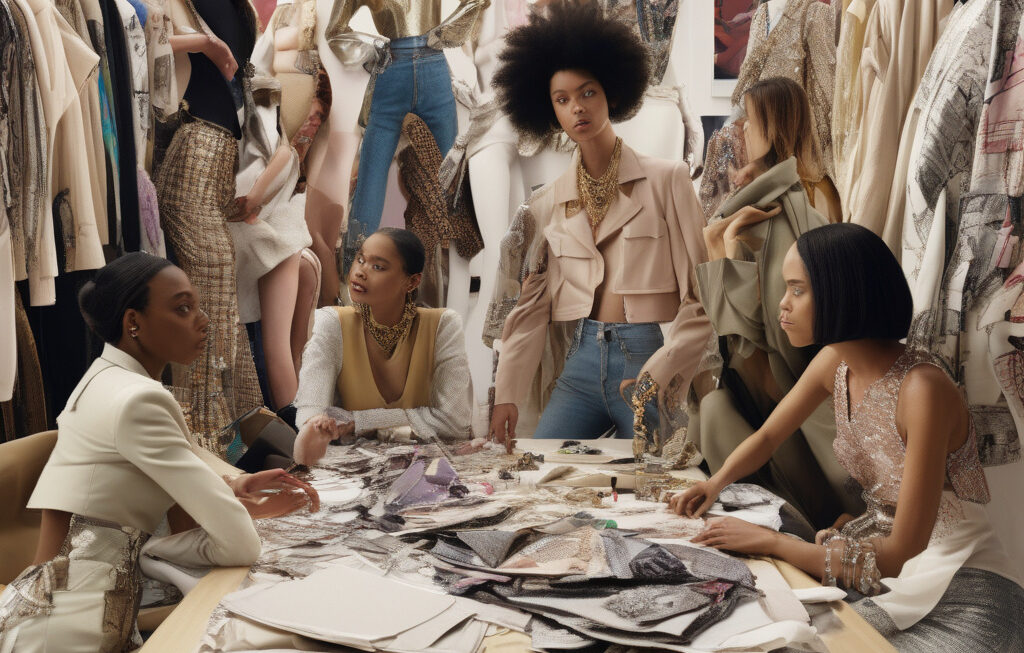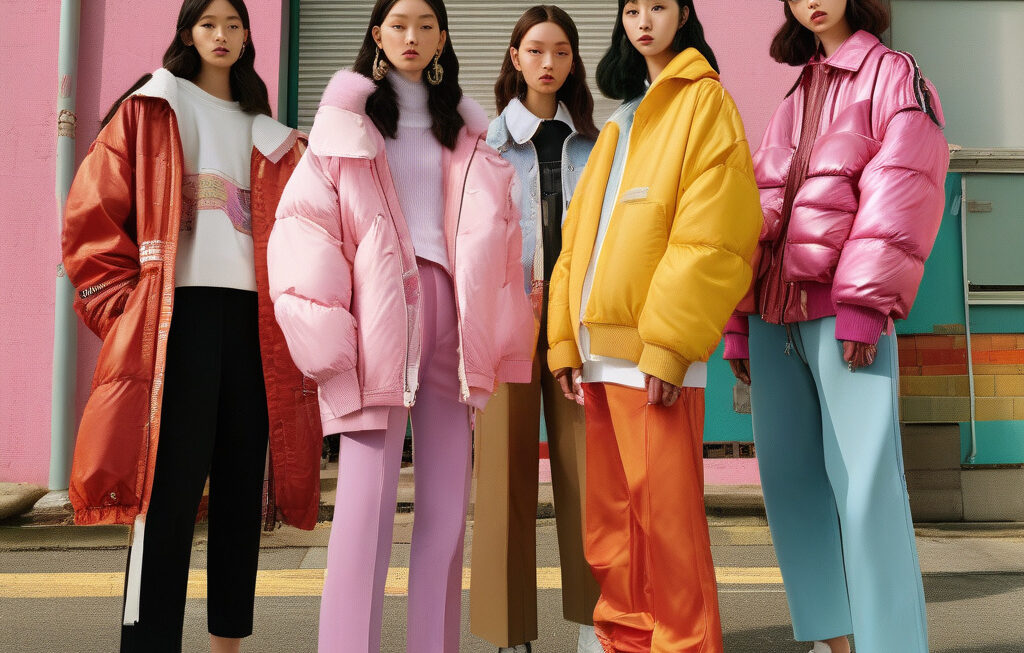Fashion Industry’s Travel Dependency: Rethinking the Need in Light of the Pandemic
The fashion industry, known for its glitz, glamour, and jet-setting lifestyle, has come face to face with a harsh reality in the wake of the escalating coronavirus pandemic. As mandatory travel bans ground flights and halt in-person meetings, industry executives and creatives are being forced to reconsider the necessity of their globetrotting ways. The question now looms large: Does the fashion industry need to travel as much as it does?
For decades, the fashion world has operated on a model that thrives on constant movement. From international fashion weeks in Paris, Milan, New York, and beyond to sourcing materials from distant corners of the globe, travel has been an integral part of the industry’s DNA. Fashion designers, models, buyers, and influencers crisscross the planet, attending shows, meeting suppliers, and collaborating on projects. But as the world battles a global health crisis, the once unquestioned need for this level of travel is being scrutinized like never before.
One of the most immediate impacts of the travel bans and restrictions imposed in response to the pandemic has been the cancellation or postponement of major fashion events. The traditional fashion week format, with its elaborate runway shows and star-studded front rows, has been upended, giving rise to virtual showcases and digital presentations. While this shift has undeniably presented challenges, it has also sparked a conversation about the environmental and financial costs of staging these extravagant events.
The carbon footprint of the fashion industry is substantial, with air travel accounting for a significant portion of its greenhouse gas emissions. By grounding flights and embracing virtual alternatives, the industry has an opportunity to dramatically reduce its impact on the environment. Designers can leverage technology to showcase their collections to a global audience without the need for physical travel, leading to a more sustainable and eco-friendly future for fashion.
Beyond environmental concerns, the pandemic has also highlighted the inefficiencies of frequent travel in terms of time and cost. With video conferencing and digital communication tools now firmly entrenched in our daily lives, the need for face-to-face meetings and overseas trips is being called into question. Executives are discovering that they can conduct business effectively from the comfort of their own homes, saving both time and money in the process.
Of course, there are aspects of the fashion industry that still require in-person interaction, such as fabric sourcing, sample approvals, and photoshoots. However, even these traditionally hands-on activities can be reimagined in a post-pandemic world. Advances in virtual reality and augmented reality technologies are making it possible to simulate physical experiences remotely, offering a viable alternative to traditional methods.
As the fashion industry grapples with the challenges posed by the coronavirus pandemic, it is clear that a reassessment of its travel practices is long overdue. By embracing virtual solutions, reducing unnecessary flights, and prioritizing sustainability, the industry can not only weather the current crisis but also emerge stronger and more resilient in the future. The time has come for fashion to fly less and innovate more.
In conclusion, the fashion industry’s reliance on frequent travel is being called into question in light of the pandemic. By reevaluating the need for in-person meetings and events, embracing digital alternatives, and prioritizing sustainability, the industry has an opportunity to chart a new course towards a more efficient, cost-effective, and environmentally friendly future.
travel, fashion, pandemic, sustainability, innovation












